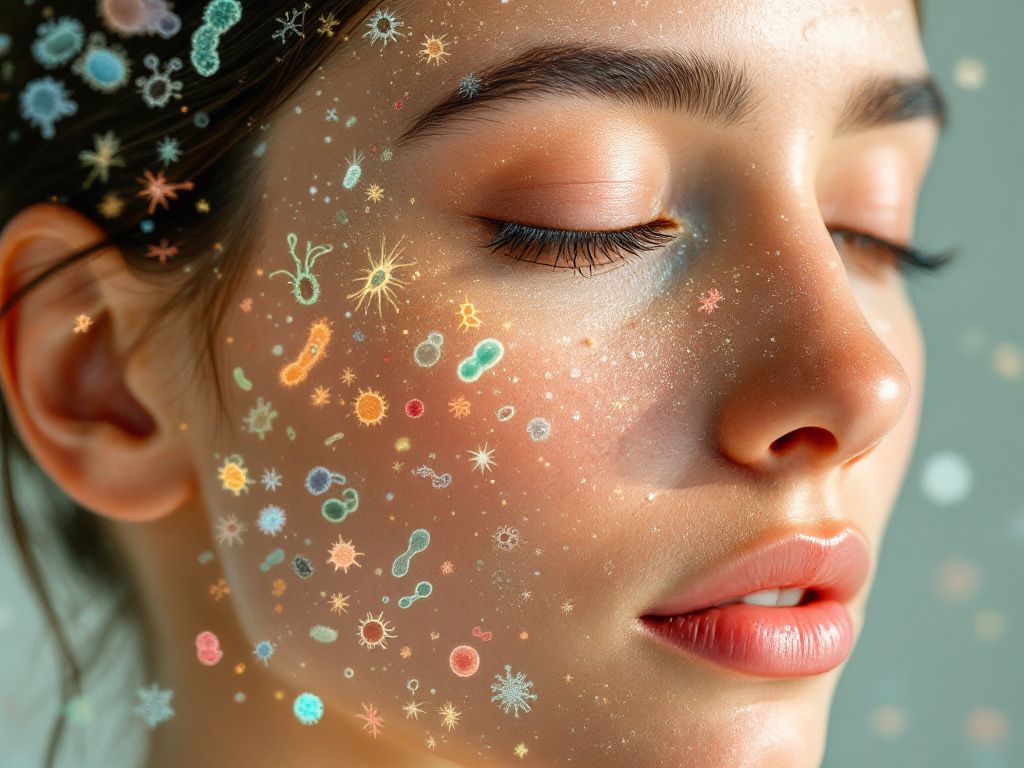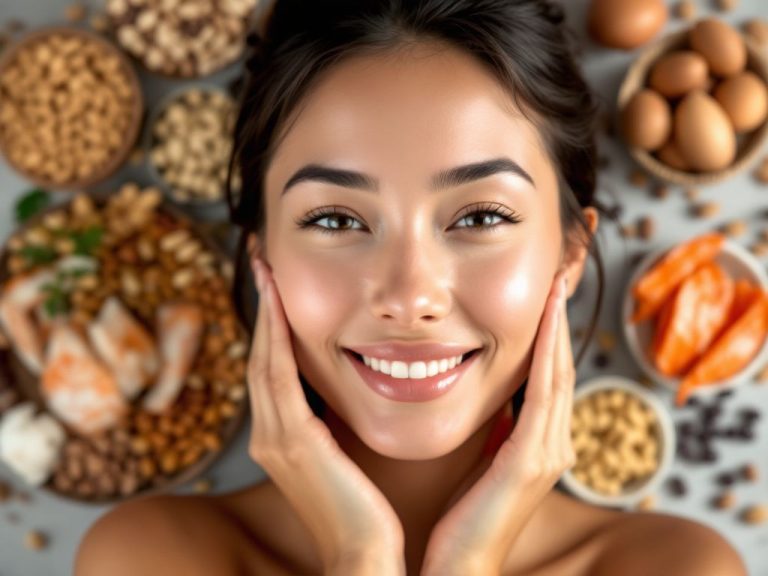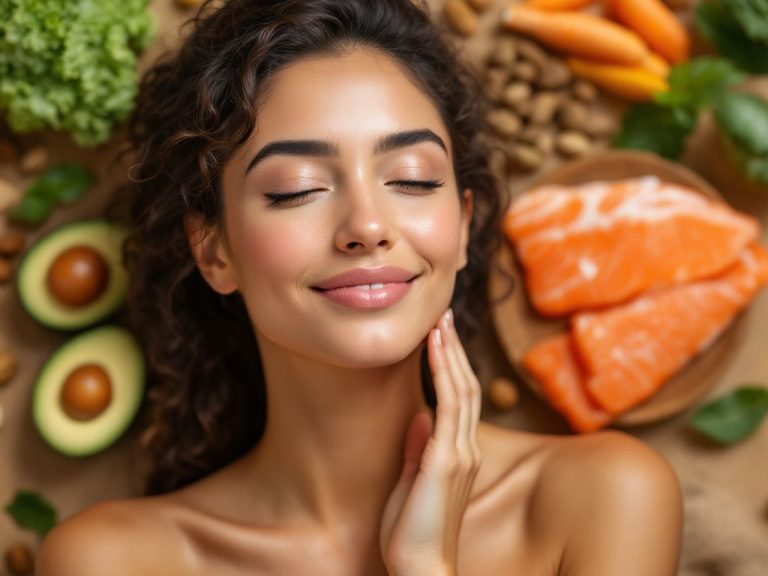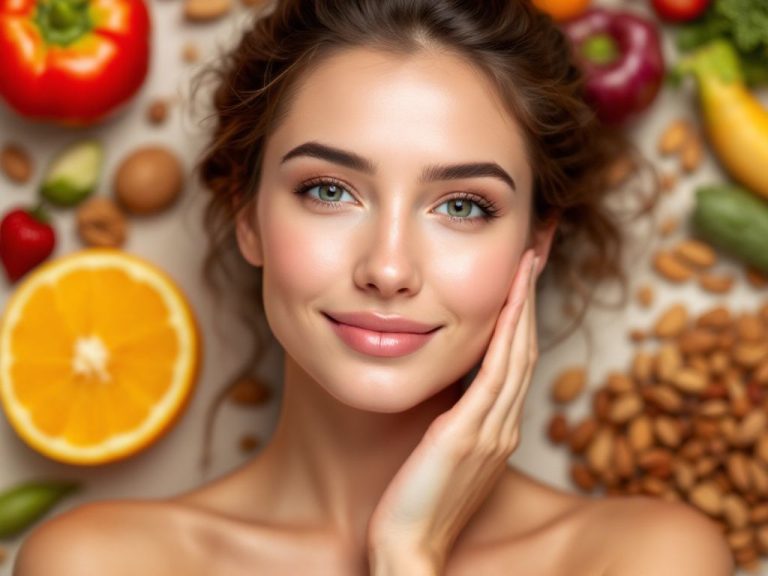Have you ever wondered why your skin behaves the way it does? Maybe you’re curious why some people just seem to have that effortless, glowing complexion while others struggle with seemingly endless issues. The answer might be lurking right on the surface—literally. Let’s dive into the world of the skin microbiome. Yes, it’s a scientific focus, but don’t worry, we’ll keep things chill and digestible.
Table of Contents
ToggleWhat’s the Buzz About the Skin Microbiome?
So, here’s the scoop: your skin isn’t just hanging out by itself. It’s actually home to a vast community of microorganisms. This includes bacteria, fungi, and even viruses. Sounds ominous? It doesn’t have to be. These tiny pals are collectively known as the skin microbiome, and they pretty much work tirelessly to keep your skin healthy. They’re the unseen heroes in our story of skin health.
Why should you care about “microbiome basics”? Because balancing your skin’s ecosystem could be the key to unlocking that calm, clear, and radiant skin you’ve been chasing. Give this idea a whirl: if everyone was as obsessed with the bacterial balance on their skin as they were with, say, the latest skincare fad, involuntarily breakouts and irritations could be a thing of the past.
A Fistful of Microbes: The Basic Players
Let’s talk about who’s involved. Living peacefully or sometimes dramatically across your skin are a mix of bacteria, with Cutibacterium acnes and Staphylococcus epidermidis being among the main characters. Keep that up-it’s-really-not-a-big-deal face on because these bacteria are typically good guys. Yes, even the much-dreaded acne-related critter often behaves itself.
**Table of Common Microbiome Players**

| Microorganism | Role on Skin |
|---|---|
| **Cutibacterium acnes** | Helps with sebum breakdown, can cause acne if overgrown |
| **Staphylococcus epidermidis** | Protects against pathogenic invaders |
| **Malassezia** | Regulates skin oil, may cause dandruff if out of balance |
Casual aside: Doesn’t this lineup remind you of a complex movie scene full of intricate relationships? Some bacteria are like that reliable buddy who’s always got your back, while others occasionally stir up a little drama.
Why Balance Matters: Good vs. Bad Bacteria
Picture a teetering scale. On one side, the good bacteria, vigilantly shielding you from pathogens and helping maintain ideal pH levels. On the other side? Opportunistic bacteria subtly waiting for a change in conditions to strike. When your skin microbiome is balanced, those scales are perfectly aligned—your skin? Healthy and radiant. But tilt that scale with stress, poor diet, or aggressive cleansing, and you might invite a breakout or rash.
Balancing your skin microbiome isn’t just trendy jargon—it can seriously impact how your skin looks and feels. Trust me on this one. A balanced microbiome works to fend off infections, soothes inflammation, and curtails those annoying flare-ups. Essentially, it supports that glossy magazine-cover skin we all secretely daydream of.
Nurturing Your Skin Microbiome
How To Set the Scene: A Step-by-Step Guide
Getting it right with your skin microbiome might seem daunting at first. But once you’ve got the basics down, it’s really about consistency. Here’s how to cozy up to these microscopic buddies:
**1. Gentle Cleansing:**

- Use products with a balanced pH. Go easy on those radical exfoliants and make sure you aren’t washing away the good bacteria while cleaning off city grime.
**2. Choose Your Products Wisely:**
- Check for microbiome-friendly labels or those that include prebiotics, probiotics, and postbiotics. These often offer skin bacteria a helping hand in finding harmony.
**3. Moisturize:**
- Hydrated skin is happy skin. Your moisturizer acts as a barrier (alongside your microbiome) to lock in moisture and signifies a level playing field for bacteria.
**4. Microbial Diversity in Your Diet:**
- Nourish your skin from the inside. A diet rich in colorful vegetables, fermented foods, and fiber promotes a healthy gastrointestinal tract, which in turn supports bacterial balance on your skin.
**5. Smart Sun Protection:**

- Overexposure to the sun messes up bacterial balance. Opt for microbiome-friendly SPF. Better still, a mineral sunscreen that’s good to both your skin and the environment.
Pro Tips and Pitfalls
There’s beauty in routine, but a few thoughtful tweaks can make all the difference. Let’s chat about some do’s and don’ts:
**Do:** Face roller trends? Give this a try for aid in lymphatic drainage. Safe lotion-sharing? Discuss with your doc. Every skin is unique—they can offer insights based on your personal situation.
**Don’t:** Don’t play chemist at home. Mixing active ingredients may spell disaster for both skin and bacteria. Collide the wrong acids, and yikes. Also, take it slow and avoid overwhelming your skin with too many new substances at once. Peaceful introductions encourage better coexistence among skin dwellers.
Smoothing the Path to Understanding
Here we are at this crossroads. Science has melded with the simplicity of self-care practices to grant us power over how our skin looks and feels. It’s often less about perfect control and more about insightful balance. Reeling back to “microbiome basics” repeatedly helps strengthen our equation of better skin habits plus a balanced ecosystem equating to the overall glow. Patience is key, there’s no overnight transformation. Fostering that tiny ecosystem on your face takes intention.
But when you start placing importance on the little guys (as in literal skin bacteria), you might find your skin magnifies your efforts tenfold. It’s all about listening to your skin’s status report and responding with a thoughtful action plan. Trust this synergy and gently course it to make way for radiant days. And really, isn’t that a captivating thought?
Frequently Asked Questions
What is the microbiome?
The microbiome is the community of microorganisms, including bacteria, fungi, viruses, and other microorganisms, that live in a particular environment. In humans, it refers to the microorganisms that inhabit various parts of the body, such as the skin and gastrointestinal tract[1][3][5).
How does the microbiome benefit human health?
The microbiome plays a crucial role in human health by aiding in digestion, synthesizing vitamins, stimulating the immune system, and protecting against pathogenic organisms. For example, gut microbiota help break down complex carbohydrates and produce short-chain fatty acids, which can be used by the body as a nutrient source[5).
Can diet and other environmental factors affect the microbiome?
Yes, diet, exercise, medication, and other environmental exposures can significantly impact the microbiome. For instance, certain diets can alter the balance of microbiota, and the use of antibiotics can lead to dysbiosis, a disturbance in the normal balance of the microbiome[1][5).
What happens when the balance of the microbiome is disrupted?
When the balance of the microbiome is disrupted, a condition known as dysbiosis occurs. This can make the body more susceptible to diseases, as the normal interactions between symbiotic and pathogenic microbiota are disrupted. Dysbiosis can result from factors such as infectious illnesses, certain diets, or the prolonged use of antibiotics[5).
References







